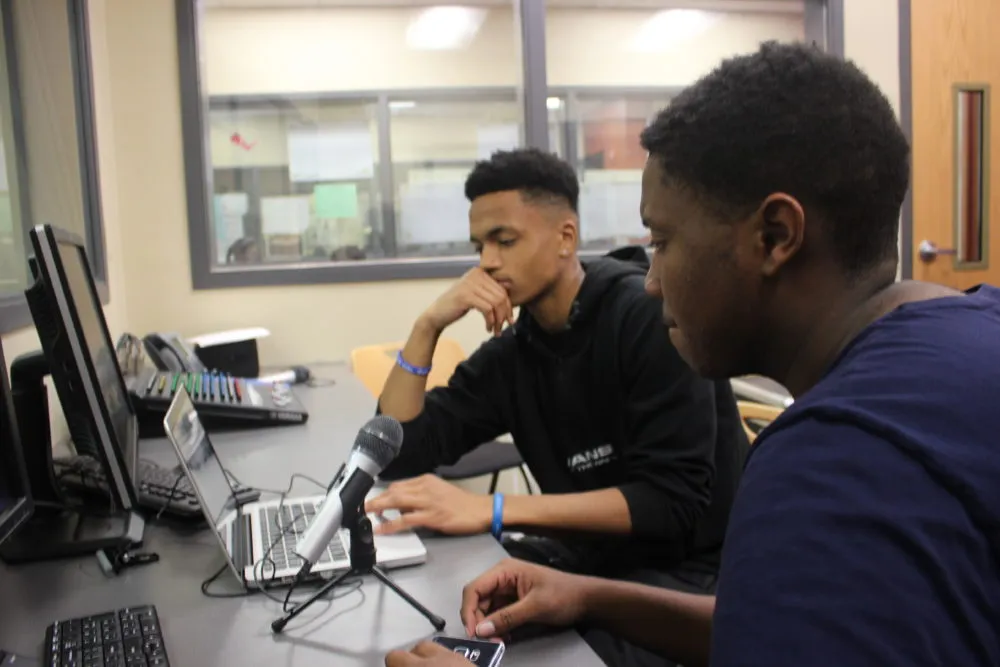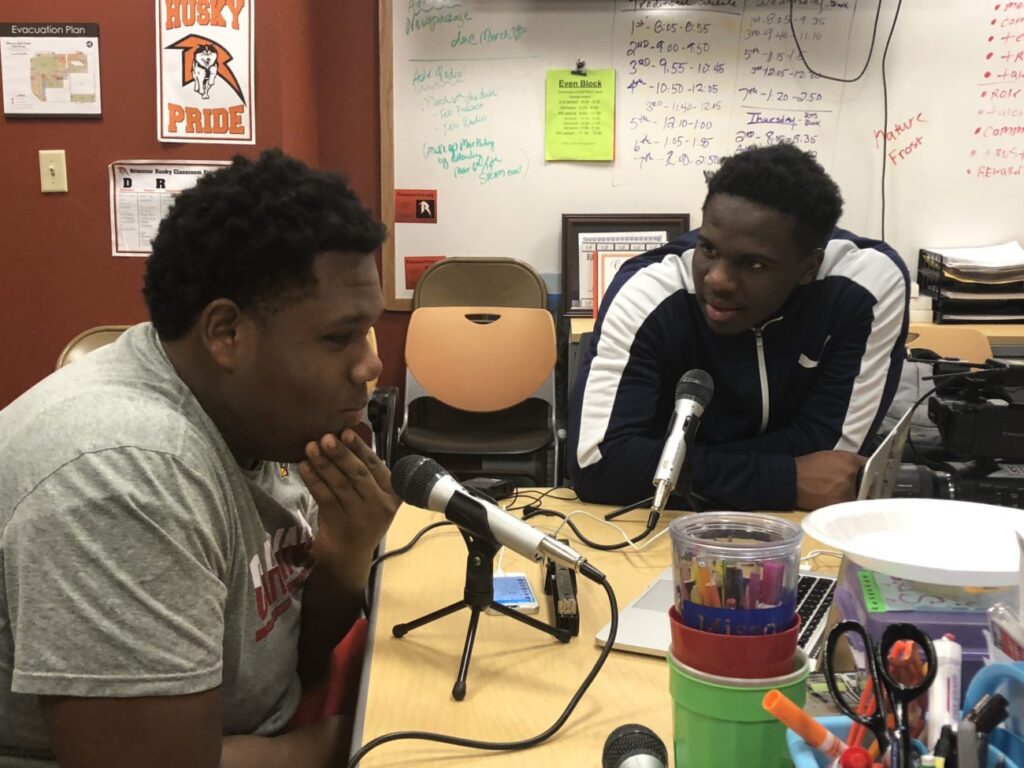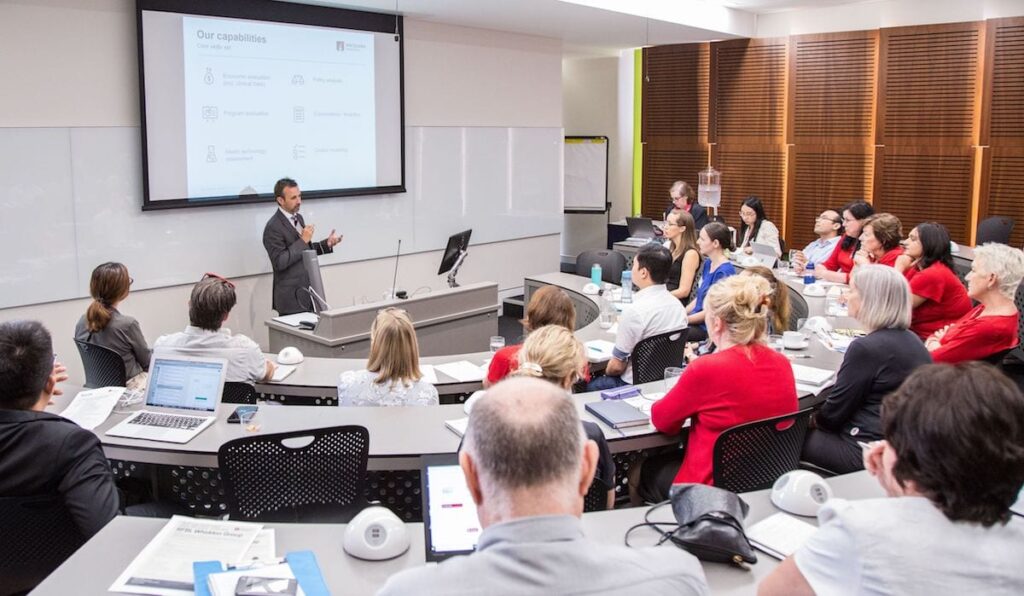We guide you step by step in the creation of your first podcast for your educational center. 5 steps to create a podcast for your educational center:
Step 1. Choose Format
One of the most common questions among first-time podcasters is how long each episode should be.
Duration
According to MIDIA Research, the average listening time for a podcast is 23 minutes. So a good duration for this format is between 20 and 30 minutes (MIDiA Research, 2021).
However, the final duration depends a lot on the profile of our audience.
There are podcasts that can last up to 40 or 50 minutes. I do not recommend reaching the hour duration or exceeding it.
The key is knowing how to capture and maintain the attention of the public throughout the duration of the podcast. This will depend on the quality of the content, the structure in which the information is presented and the spark of the people who are in front of the microphone.
Periodicity
The next most common question is how often we should post new content. The periodicity depends on the complexity of the production of each episode and our availability of time.
The recommended frequency is one episode each week, establishing a specific day and time that we will respect to get our followers used to it.
Step 2. Define structure
Each episode of our podcast is made up of 3 parts: the introduction, the development and the conclusion.
Presentation
It is the beginning, the opening and the greeting. In this part we introduce ourselves, greet each other and present the issues to be addressed.
It is important to enter with good energy and offer interesting facts that arouse curiosity and keep the audience engaged.
Development
Here we develop the themes and demonstrate our mastery of information and data. It is important to keep a fast and fluid pace, avoiding redundancies of ideas or information.
Don’t throw out all your important information at once, dose it and save some good data for last. Organize all your content by thematic blocks or by subtopics.
Use verified sources of information; remember that you are a school and as such you have a reputation to take care of. When you provide data to your audience, always try to say where you took it from and where they can find the original source
Conclusion
It’s time to close the podcast, give our final comments, and say goodbye. I recommend giving a preview of our next episode and inviting the audience to follow our educational center on social networks.
Step 3. Prepare script

It is recommended that you make a well-structured script where you place all the content that you will share in the podcast. When you write it, always do it in dialogue so that when you read it it feels natural.
Podcasts are horrible where you can see that the drivers are reading a text, which many times they have not even rehearsed.
Always leave room for improvisation and to incorporate moments of humor as long as they are related to the content and not on sensitive topics for the audience.
Avoid making jokes about situations that happen in the cabin and in which the public cannot be a part of.
Step 4. Burn
There are schools that have well-equipped radio booths and experts in the area that can greatly facilitate the process and achieve high-quality sound products.
If your school is small and you don’t have a booth or trained staff, you can start making your first recordings with just a computer, a good microphone and sound editing software.
There are programs that are very easy to learn, such as Audicity.
I leave you the link for you to download it: https://www.audacityteam.org/download/
And here you can download a tutorial that will help you master it.
I recommend doing a voice test before you start recording your podcast.
During the recording, make sure that the vumeter does not exceed -3 decibels or always stays between the green zone and the yellow zone; should never reach the red zone.
Save the file in MP3 format at 192 kbps to avoid problems with some podcasting platforms.
Step 5. Upload
Undoubtedly the best hosting to upload your podcast is Podigee, a paid service that will help you manage, connect and promote your podcast. Although you can also upload it on your own to platforms like iVoox, Spotify and Apple Music.


